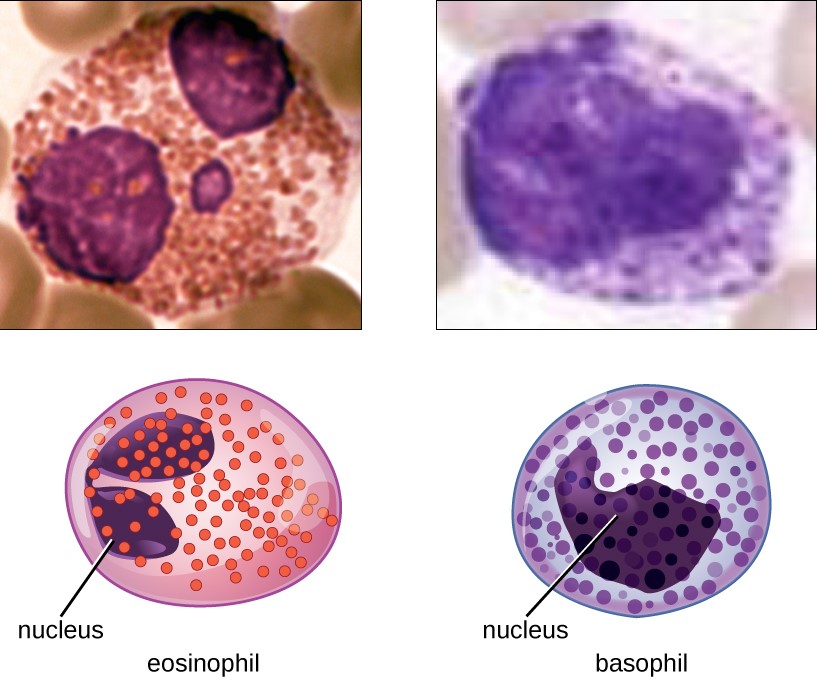Playlist
Show Playlist
Hide Playlist
Phagocytosis
-
Slides Cellular Pathology - Degradation.pdf
-
Reference List Pathology.pdf
-
Download Lecture Overview
00:00 Let's talk about degrading big things. 00:02 So, this is phagocytosis. 00:03 And in a previous topic discussion, we briefly touched on the fact that eating big things from the outside world was a process called cell eating or phagocytosis. 00:14 And this is just an example. 00:15 What we're looking at here is a food particle, but it could also be a bacterium or a fungus or any variety of big things. 00:22 And we have cells that are capable of ingesting large things on the order of not much smaller than they are. 00:29 We have the food particle that goes in. 00:31 It goes into an intracellular vesicle, a vacuole, that will then fuse with lysosomes containing digestive enzymes that fusion is the next step, and then we get degradation of whatever it was that came in. 00:48 So, that's one of the important ways that phagocytosis helps us. 00:52 And for example, when we're dealing with infections, then we need to eat them, as we'll talk about in acute and chronic inflammation. 01:00 We will use exactly this pathway. 01:02 So, we will revisit this, and you'll see it again. 01:05 Okay, and then we have the exocytic vesicle, the other end getting rid of any undigested material.
About the Lecture
The lecture Phagocytosis by Richard Mitchell, MD, PhD is from the course Cellular Housekeeping Functions.
Included Quiz Questions
The process by which a cell engulfs a large particle is called...?
- ...phagocytosis.
- ...potocytosis.
- ...receptor-mediated endocytosis.
- ...Ca⁺⁺-triggered non-constitutive endocytosis.
- ...pinocytosis.
Customer reviews
5,0 of 5 stars
| 5 Stars |
|
5 |
| 4 Stars |
|
0 |
| 3 Stars |
|
0 |
| 2 Stars |
|
0 |
| 1 Star |
|
0 |




